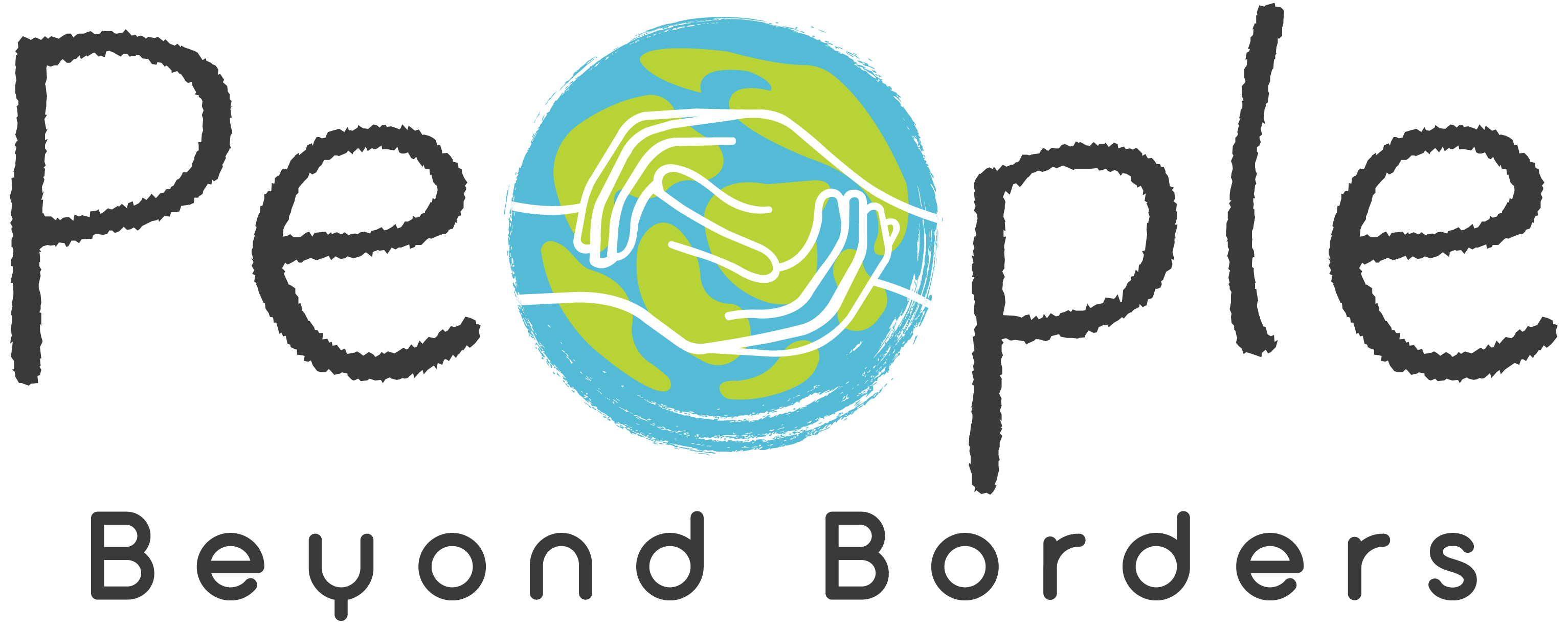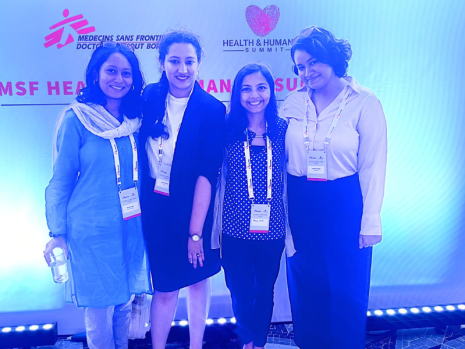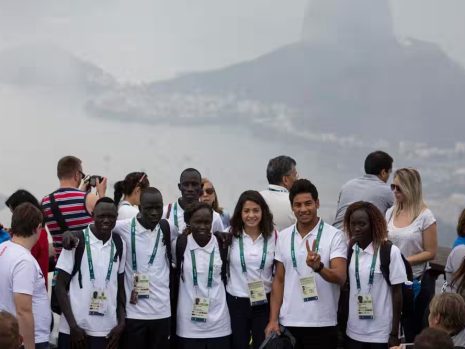PBB’s Training of Trainers, a hybrid “learn-teach-learn” co-creative program for displaced and migrant artists based in Berlin and coming from all around the world, kickstarted in February 2023. In the fourth session of the ToT on 8th March, we discussed, in continuation of the previous session, practical tools to project development. For this hands-on session, we were joined by Thais Paiva Machado, Brazilian visual artist residing in Berlin and People Beyond Borders’ project designer, and by Victoria Mazzia, a Brazilian film industry professional and producer.
Introduction:
Building on Lauren’s session of the previous week, this session aimed for the participants to acquire practical insights into project development, but also to develop their pitching skills, to be able to present their artistic and teaching ideas to different stakeholders such as educational institutions, sponsors, contributors, private or public funding actors, etc. The session started with tribute to International Women’s Day, where each of us were invited to share in a few words what this day means to us. Here are some of the inspiring words that came out:
Hope and Strength (Soraya)
Empowerment (Anna)
Collaboration (Isadora)
Unity (Qila)
Resilience and Togetherness (Thais)
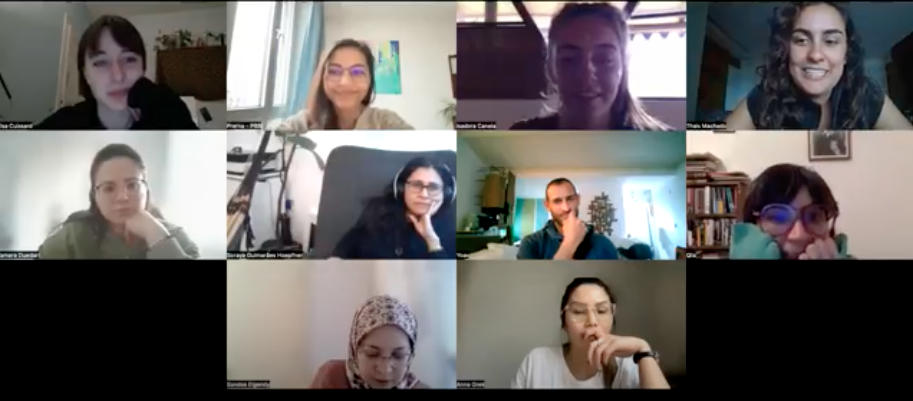
Practical tips into project development – the ideal scenario vs the realistic scenario
With a short presentation, we delved into the heart of the session, touching upon the following aspects: how to navigate Berlin’s funding landscape and opportunities in art and culture? How to develop a project proposal?

The presentation also aimed at sharing some tips on project development that PBB’s team has found useful in their own experiences of applying to grants and funding opportunities.
As Isadora shared for instance, after developing ToT’s core concept:
“We understood these two scenarios: the ideal scenario and the minimum scenario. We understood that we didn’t need a huge amount of grant to make it happen, as we are now, in an online mode, and having guest experts as volunteers, and that’s how we understood that we could make the project viable. I’m using ToT as a case study because it’s a very genuine idea and goal that we did not have grants and big support, but we made it possible [..] and this was the minimum scenario. And I think that’s very important, when I’m creating, when I have an idea, to understand what’s the ideal for this idea to happen, and what’s the realistic scenario: Would I be completely available and believe in this idea that much to make it happen, independent of what…? I think it’s a good question to ask yourself before starting any project.” – Isadora (facilitator)
How to navigate language and cultural barriers
Soraya shared her experience facing refusals, and pointed out the difficulties of finding funding for projects in a country with a different language, and a different culture:
“There is a language barrier, and you get the impression that they know exactly what they want and you never fit it in.” – Soraya (participant artist)
As Thais shared from her own experience, alliances and people are key to overcome these barriers, through the sharing of experiences and support:
“We have all these problems because we are not from Germany, and we do not share the language, and not only the verbal language but also the understanding of the expectations and how to fit with them. But it’s just persistence somehow, and along the way you find people and you find alliances and these alliances will be very important to keep going. So I have also received a lot of no’s, but also some yes’s, and these yes come with people and experiences, and therefore we keep going.” – Thais (facilitator)
Pitch your idea exercise
Participants were then given the floor, each for 5 minutes, to pitch their idea to the group and our two invited guests. Communicating an idea in a convincing, concise and straight-to-the-point manner is a key skill to master in order to be able to find alliances and support, be it financial or in other forms.
This exercise aimed at prompting the participants to sharpen the way they present their project ideas. The group and guests were then invited to share their comments and feedback. From designing creative writing workshops (by Soraya), Discovering cultural identities & Egyptian jewelry making (by Sondos), process to explore the concept of home (by Yoav) among others, we got a glimpse of each participants’ projects and passions.
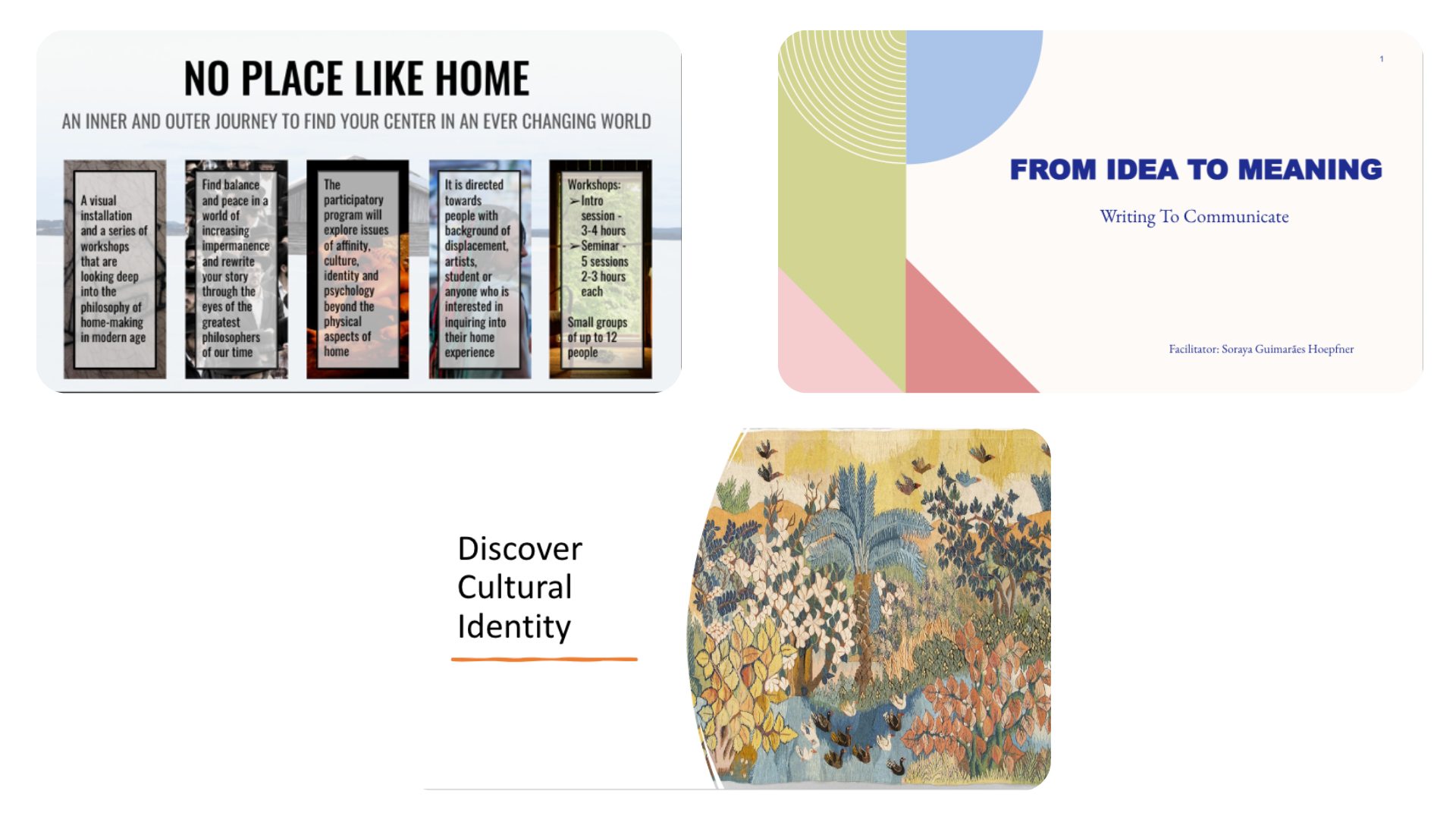
“Why am I doing this? I am doing this because we live in a world of increasing impermanence. Things are moving faster and faster, and more and more people are struggling with security, and uncertainty, all for their own reasons. Our sense of home is something that we associate usually with safety, stability, comfort, but this is challenged quite often, and we associate it with either threat or opportunity, depending on where we are in the world. [..] using visuals, photography, videos, texts and philosophy, to deconstruct the participants’ existing sense of home, and reconstruct it again, in this constantly changing environment.”- Yoav (participant artist)
Tips and tricks from Victoria Mazzia:
Sharing her experience of the Brazilian film making industry, working on small budget independent films, bigger productions, and her own social and artistic projects, Victoria gave us important insights into proposal development, budgeting, project and finance management.

Resonating with Isadora’s tips, it is important to think about the ideal scenario, and the realistic scenario, that is the minimum scenario to budget accordingly for both possibilities.
“This project is about indigenous people, indigenous astronomy, and when we decided to pull this off, to subscribe it on a fund, we had to think about a lot of different challenges that we were going to face. A good idea is not enough for us to be able to fund it, to receive a fund. You need to analyze all the challenges that you’re going to face, you need to find solutions, but you also need to keep the concept.” – Victoria (facilitator)
A key element that seems to be at the core of any project development and management, is to reflect and adapt with the difficulties and challenges, while keeping the “roots” of the project, what is the heart of the project will remain anchored even amidst other changes.
